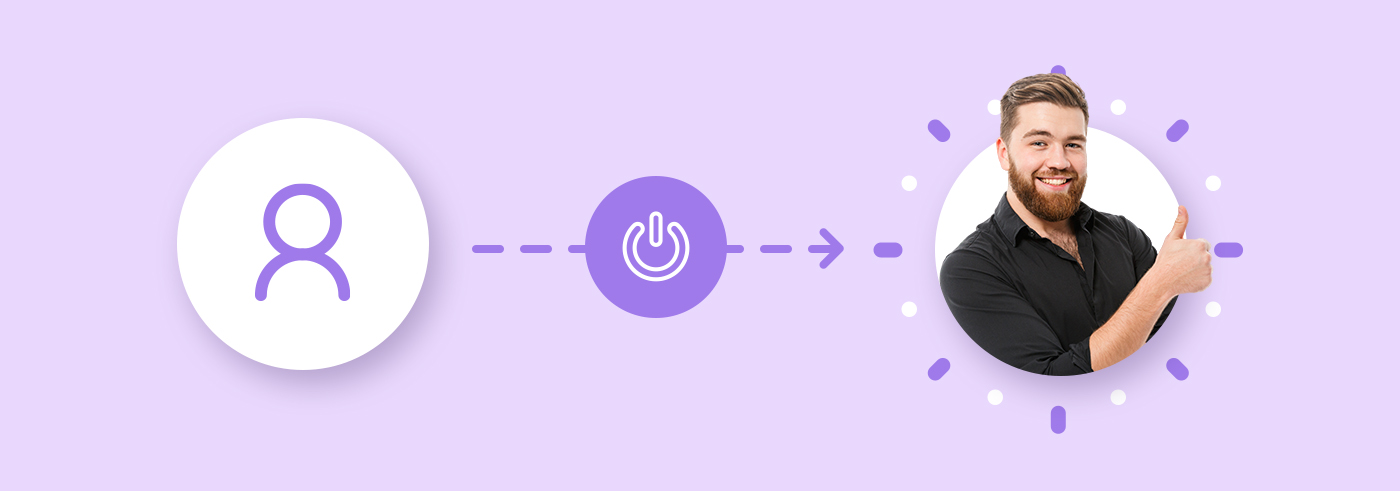Learn more about how to use a short and clear call to action to let your contacts know where they need to go.
Did you feel compelled to click the link? A simple definition of the phrase call to action is that you are asking your audience or your subscribers to do something. For instance, you may ask an email recipient to watch a video or ask them to sign up for something or ask them to fill in a form. Often you will see a call to action in the form of a button or link, or even a QR code, though pictures or videos can also be used to engage your subscribers.
Table of Contents
- Why should I use CTA in email marketing?
- How do I use a call to action?
- When should I use CTA, and where do I put it?
Why should I use CTA in email marketing?
The easy answer is – because it’s a great way to connect with your subscribers and an opportunity to demonstrate how they will benefit by continuing to receive your mail.
How do I use a call to action?
There are several ways to approach the use of a call to action. Most importantly you must consider who your audience is as well as what your objective is:
For instance, are you offering a product? Does this product solve a particular problem? If you’re selling something to a list of subscribers you may find that you can do a better job of demonstrating the benefits of your product by producing a video and asking your subscribers to click on it and watch.
Or maybe you send confirmation emails regarding travel bookings or appointments. Since you know your subscriber or customer is interested in those subjects, along with asking them to validate or confirm their order (also a call to action) you can provide them with other opportunities to act by offering more choices for future bookings or for their feedback on their experience with you – for example – “Fill out our survey” (offer a reason why or benefit – ie. Get a free gift certificate for filling out the survey). Or, you can even direct them to your travel website builder to explore additional travel experiences or promotions you have curated.
Sometimes you can encourage subscribers to take action by placing a time limit on when the action can be taken. This can be done by making a “one time only” offer for example. This is often referred to as creating a ‘sense of urgency’ which can be useful. Again, it is important to provide a benefit to your subscriber for taking quick action.
When should I use CTA, and where do I put it?
Don’t overuse the call-to-action concept.
Subscribers and customers are often bombarded with choice. When they open your email, you want the options in front of them to be clear and easy. Take these steps to make sure your call to action isn’t going to cause a bad reaction:
Make sure you’re giving your subscribers a reason to click, watch, buy or join – what do they get for following through?
Don't 'over-option' your subscribers - you can help avoid this by categorizing your products, creating a menu, sections on a page, or simply limiting your ‘action buttons’ to three or four per email.
Make call-to-action buttons or links bigger than the other features on your page, surround them with white space or color them differently than the rest of your newsletter to help them stand out.
Place them carefully so that there is a natural flow as you ask subscribers to take action. This may mean they are front and center in some cases or it may make more sense to place them at the bottom of a page.
It’s important to examine your own objective when sending emails and how best to ask your subscribers to take action.







